Dating back to 1830, Duckett’s Grove is a ruin of a three-storey over basement, five-bay residence in County Carlow, Ireland. Belonging to the Duckett family, it was formerly at the centre of a 12,000 acre (4,856 hectares) estate that has dominated the Carlow landscape for over 300 years.
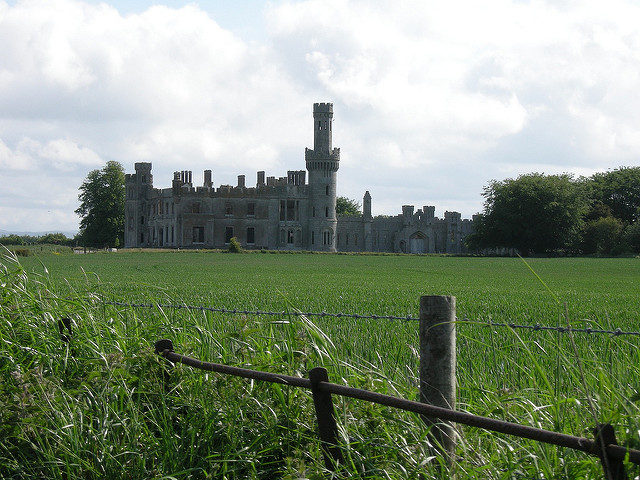
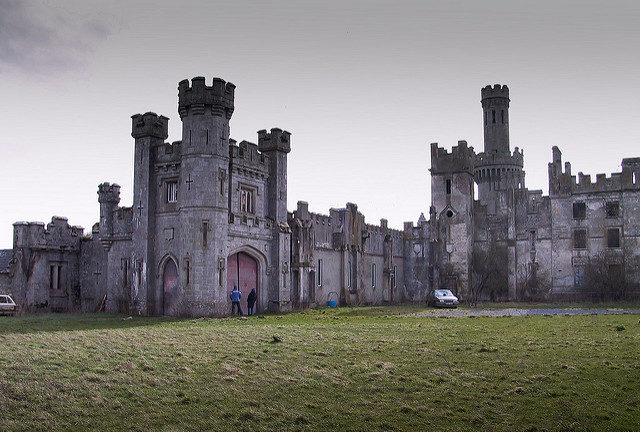
Designed by Thomas Alfred Cobden for John Davidson Duckett in the Castellated Gothic revival style in the 1820s, the building incorporates a number of towers and turrets of varying shapes – round, square and octagonal. The structure was given what has been described as ‘wilful asymmetry’ through the addition of sundry towers, none of which correspond to the others in either shape or height. The walls of the castle are covered in little niches with many statues filling them up. Duckett’s Grove Walled Gardens surround the ruins of a 19th century great house in County Carlow and brim with historical varieties of roses, peonies, perennials and flowering shrubs.
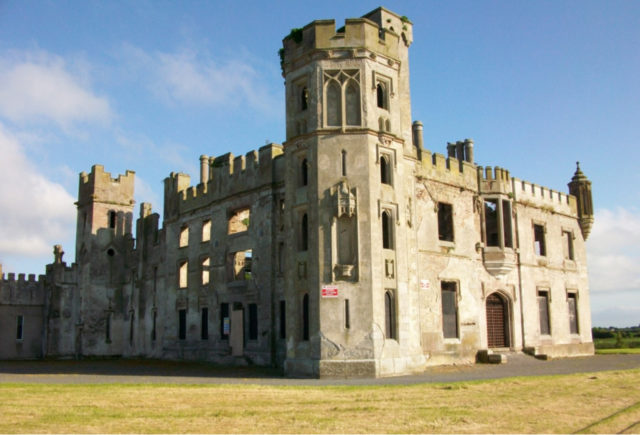
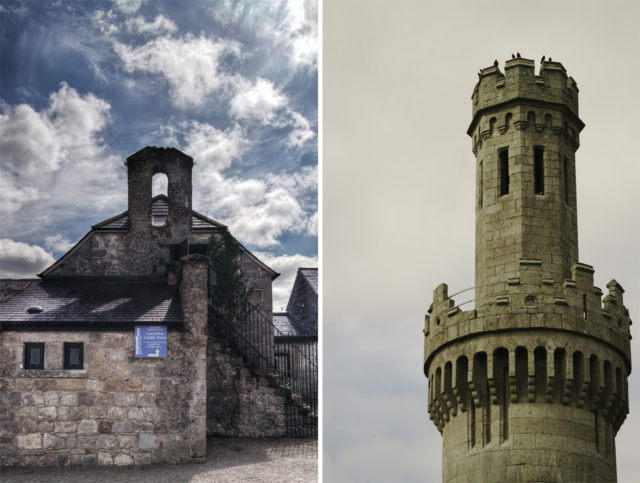
After the death of John Dawson Duckett, his son William inherited the estate. After the death of William Duckett in 1908, his wife Maria Georgina Duckett lived on in the property until 1916. Following the departure of the Ducketts, the estate was managed by an agent until 1921, and was subsequently managed by local farmers, and later by the Land Commission.
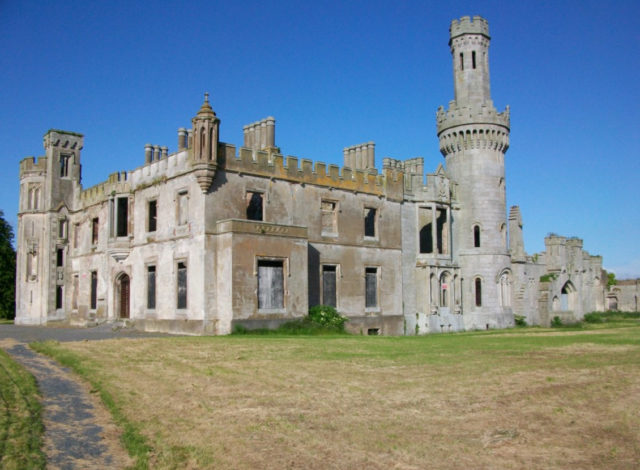
The division and sale of the estate lands was completed by 1930 and during the time the building was empty, it was used by the local IRA as a training camp. The interiors and furniture were left intact upon the IRAs departure from the house, due to the Duckett’s good treatment of their tenants and employees over the years.
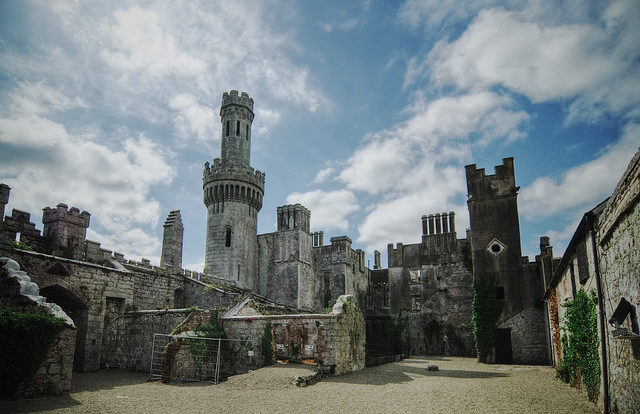
The Duckett’s Grove house was destroyed by fire overnight on 20 April 1933. The cause of the fire has not been determined, however, the locals reported a fire the week before, which they had managed to extinguish, leading to speculation about the cause of the eventual destructive fire.
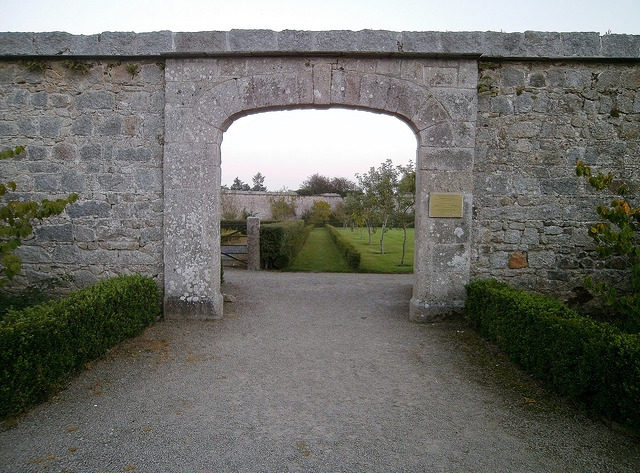
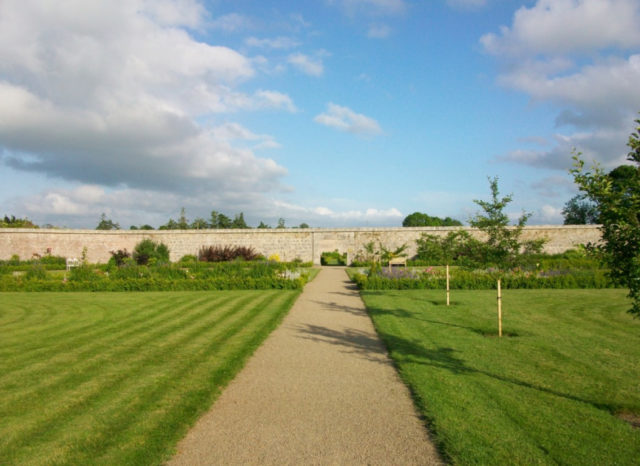
In September 2005, Carlow County Council, responsible for housing and community, roads and transportation, urban planning and development, amenity and culture, and environment, acquired Duckett’s Grove and commenced with the restoration of two inter-connecting walled gardens. It was officially opened in September 2007 for use as a public park.
